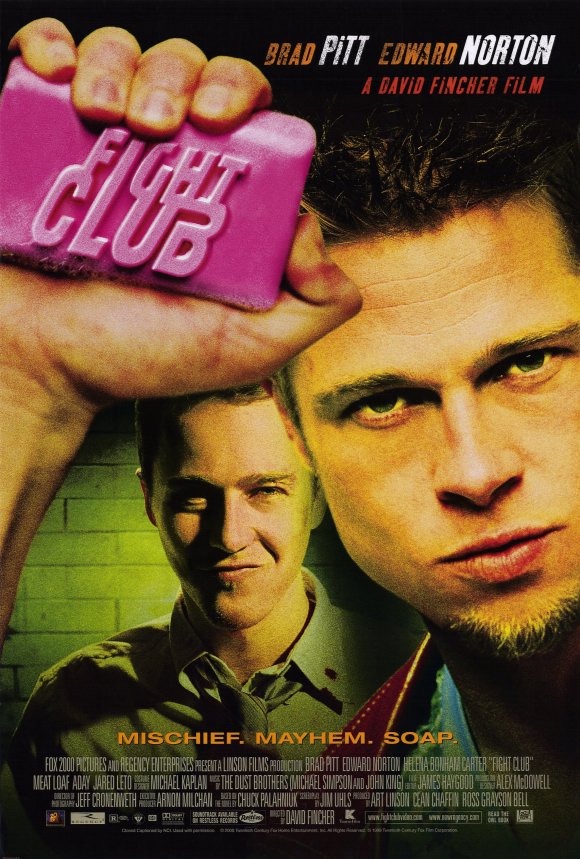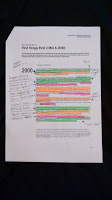12th October - CoP3 Module Briefing
Where I'm At: Understanding of the module outcomes, how the module is run, and what is expected of me by the end of the module.
Where I'm Going: Continuing research and compiling current research to a point where a proposed structure of the written element is achievable for Tutorial 1 on 22nd/23rd October. Continue mental development of practical ideas.
13th October - CoP 3 Methodologies Lecture
Where I Should Be At: Hope to be able to identify a methodology that is similar to the process I've been going through so far so as to use said methodology for guidance of what I should be doing next.
Where I Should Be Going: Continue compiling and sorting research into a structured format to propose and essay structure. Continue mental development of practical ideas.
16th October - CoP3 Proposal Presentations
Where I Should Be At: Have a finalised question/thesis that I can easily justify doing and justify the wording of, as well as an exhaustive up-to-date list of research done to this point. Have a basic proposal for practical element.
Where I Should Be Going: Refining essay structure and linking appropriate quotes and/or references to relevant parts of the essay. Working on the practical proposal to gain as much feedback for it as possible
22nd/23rd October - CoP3 Tutorial 1
Where I Should Be At: Have a fairly detailed proposal for structure of the essay and practical proposal. Have an up-to-date printed bibliography with key sources highlighted.
Where I Should Be Going: Use the advice given to refine the essay structure and practical proposal. If essay structure is given the green light, start writing the first chapter.
5th/6th November - CoP3 Tutorial 2
Where I Should Be At: Have very detailed and refined proposals for essay structure and practical proposal with particular emphasis on the changes made following Tutorial 1, to the point where both of these should be given the green light.
Where I Should Be Going: Start writing of first chapter if not already started. Plan logistical elements of the practical submission. Start work on the basic elements of practical element to be able to give a decent overview of the final outcome for Tutorial 3 in order to get feedback on the synthesis between the two. Booking any workshops potentially required for the completion of the practical element.
19th/20th November - CoP3 Tutorial 3
Where I Should Be At: Completed 1st chapter printed with highlighted key points to gain feedback on the quality of the triangulation within the writing. Be well into writing chapter two. Have a decent enough start to the practical element to give a clear indication of how the synthesis will work.
Where I Should Be Going: Looking to have a complete first draft of written element by 1st of December/Tutorial 4
1st December - CoP3 Resolving your Research Project and Academic Conventions Lecture
Where I Should Be At: Be within sight of finishing practical element to so I can match what is said in the lecture to my practical work, and anything that is missing or doesn't match will be made clear. Take a copy of entries in the bibliography I'm unsure of so I can ask any questions at the end to correct them.
Where I Should Be Going: Reading will have concluded by this point, so the bibliography should be approaching it's final state so as to avoid any last minute panic. Practical element should be making clear progress.
1st/3rd/4th December - CoP3 Tutorial 4
Where I Should Be At: Full first draft of the essay written in a way that pays specific attention to feedback on the writing from Tutorials 2 and 3, with key points highlighted to make it easier for the tutor to pick out the triangulation and give feedback on it. PDF or appropriately presented copy of practical element in it's current state to gain feedback on how it's synthesising with the written element.
Where I Should Be Going: Hopefully any changes that need to be made to the written element will only be minor, allowing as much time as possible to be spent on the completion of the practical element.
7th December - CoP3 Re-Briefing and Practical Crit
Where I Should Be At: Written element almost if not completed, with a practical piece in a state where the final design decisions have all beed made in order to gain feedback on the aesthetics of it.
Where I Should Be Going: Using this advice to refine the designs so all changes are made in time for their appropriately booked workshops or printing slots, if any are to be required.
4th January - CoP3 Submission Briefing
Where I Should Be At: Files for practical work completed and ready for printing or other appropriate processes, if not already printed.
Where I Should Be Going: Collating key/relevant research/quotes from the blog together on design boards if appropriate. Starting the final evaluation.
5th January - CoP3 Tutorial 5
Where I Should Be At: Full and final mock-up of practical element if the final hasn't been printed/assembled yet, along with a full copy of the written element with highlighted areas which show the synthesis clearly and thoroughly.
Where I Should Be Going: Close to completion of final printed practical element. Blogging anything that has been missed up to that point.
11th January - CoP3 Practical Sign-Up Tutorials
Where I Should Be At: Sign up, take final practical element.
Where I Should Be Going: Blog about any particular criticisms explaining them and how they either are or aren't relevant, and make some last minute changes if possible following any suggested improvements. Final evaluation.
14th January - CoP3 Module Submission
Where I Should Be At: Done
Where I Should Be Going: Taking any appropriate research into Extended Practice and the theoretical/philosophical element into PPP to appropriate it in a professional context.




















